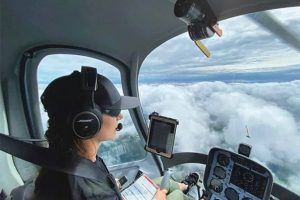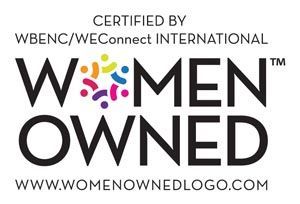What in the world is the AP Stylebook?
Our clients often hear us say that “we’re having our proofer” review content. What does that mean, exactly? Well, we review (code for read) all content for spelling, grammar, style and plagiarism. The first three sound okay, but plagiarism? Really? Yes, liberally borrowing free-range text on the internet is in fact, plagiarism. Just because it doesn’t seem to have an author, doesn’t mean it’s up for grabs.
As all good publishers should, we do have E&O coverage which extends to our clients that specifically addresses liberal borrowing of text, but we do need to do our due diligence, which means running the text through a plagiarism program and making some prudent decisions on context of any flagged text.
When it comes to spelling, grammar and style, we proof content to AP Stylebook. Why choose AP over the Chicago Manual of Style? The Associated Press Stylebook (AP Stylebook) and The Chicago Manual of Style are two very different guides for two very different groups of people who make their living with the written word – like us and for our content-driven clients.
The Chicago Manual of Style is by far the larger reference work, with over 950 pages. The AP Stylebook has just 330 pages.
The information contained in each has a small crossover aspect; but, in general, each is a specialized reference work for its intended profession.
The Chicago Manual of Style is the guide for authors, editors, and publishers of books, periodicals, and journals. The AP Stylebook is the prime reference for those in the news and public relations fields.
So, since we’re primarily publishing magazines, should we lean towards Chicago? We could. But, the AP Stylebook concerns itself with a much smaller group of writers: those who produce newspaper or magazine copy and the writers concerned with public relations and informational news releases.
With that in mind, here’s the AP Stylebook’s take on our current-event reality, which has taken on a language of its own:
distance learning (n., adj.)
Schools are turning to distance learning. He is taking a distance learning class.
home schooling (n.) home-schooler (n.) home-school (v.) home-schooled (adj.)
Note the hyphenation
videoconference, videoconferencing; video chat
Similar styling applies with teleconference, teleconferencing
doxing (v)
The malicious publication of information such as home addresses, phone numbers and email addresses.
isolation, self-isolation, quarantine
The malicious publication of information such as home addresses, phone numbers and email addresses.In common usage during the pandemic, the terms isolation and quarantine generally are being used interchangeably.
The CDC makes this distinction: Isolation is separating sick people from healthy people to prevent spread of disease. For example, people believed to have COVID-19 or to have been exposed to the coronavirus are put in isolation in hospitals or are asked to practice self-isolation. Quarantine separates and restricts the movement of people who were exposed to a contagious disease to see if they become sick. Webster’s New World College Dictionary includes a broader use among its definitions of quarantine: any isolation or restriction on travel or passage imposed to keep contagious diseases, etc. from spreading.
We realize that not everyone gets as excited
over words and their usage as we do. Yes, we geek-out over words, some of us here, more than others. Our goal is to have the association magazines we publish be worthy of the time our clients’ members spend reading them (which is about 47 minutes per magazine) and be worthy of the social media shares that our magazine websites encourage.
With the current state of affairs, our clients’ magazines are one of the few tactile things many members see. Magazines tend to have the readership they deserve, so quality of text and content is top of mind for us.










